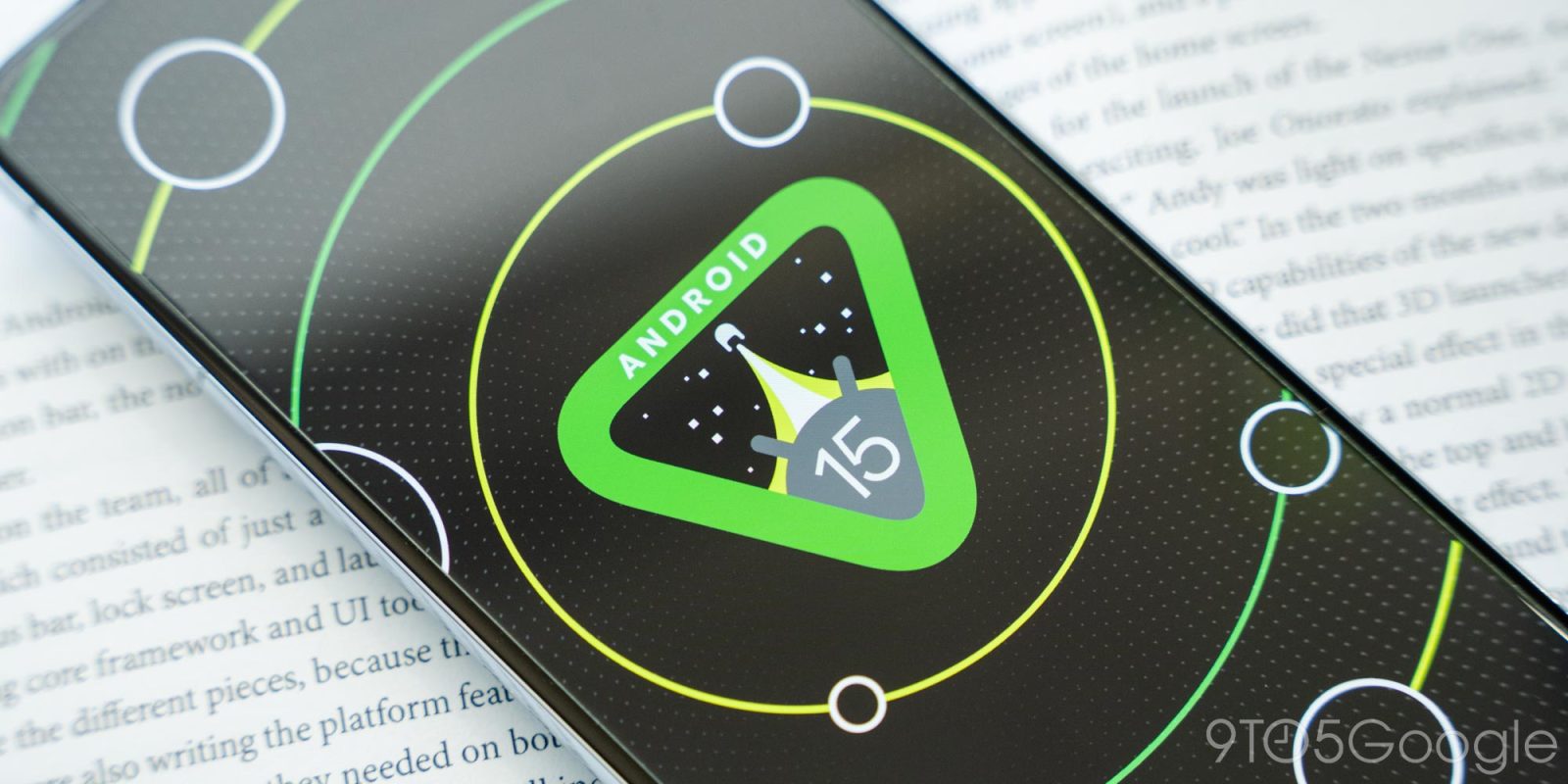Google launches Android 15 Developer Preview for Pixel


Google is rolling out Android 15 Developer Preview 1 today. This is the ninth year of Google providing an early look at the direction Android is going ahead of the stable launch later this year.
For the fifth year, the preview is getting underway in February to give developers more time to offer feedback and update apps.
There are several Android 15 tentpoles, starting with Protecting user privacy and security. This includes the latest versions of the Privacy Sandbox on Android and Health Connect, which has new fitness, nutrition, and other data types. Google also mentions partial screen sharing and Casting from Android 14 QPR2.
Then there’s a new FileIntegrityManager with APIs that “tap into the power of the fs-verity feature in the Linux kernel.”
With fs-verity, files can be protected by custom cryptographic signatures, helping you ensure they haven’t been tampered with or corrupted. This leads to enhanced security, protecting against potential malware or unauthorized file modifications that could compromise your app’s functionality or data.
Under Supporting creators, In-app Camera Controls give developers “more control over the camera hardware and its algorithms on supported devices.” Available extensions provide:
Android 15 extends Universal MIDI Packets (UMP) support to virtual MIDI apps to let composition applications control synthesizer apps as a virtual MIDI 2.0 device (as if they were USB MIDI 2.0 devices).
To improve Performance and quality, Google is offering new Android Dynamic Performance Framework (ADPF) capabilities. These APIs let games and other performance-intensive apps “interact more directly with power and thermal systems of Android devices.” Supported Android 15 devices allow for:
- A power-efficiency mode for hint sessions to indicate that their associated threads should prefer power saving over performance, great for long-running background workloads.
- GPU and CPU work durations can both be reported in hint sessions, allowing the system to adjust CPU and GPU frequencies together to best meet workload demands.
- Thermal headroom thresholds to interpret possible thermal throttling status based on headroom prediction.
Finally, on the Developer Productivity front, Android 15 adds more OpenJDK APIs, “including quality-of-life improvements around NIO buffers, streams, security, and more.”
At launch, Android 15 Developer Preview system images are available for the Pixel 6, Pixel 6 Pro, Pixel 6a, Pixel 7, Pixel 7 Pro, Pixel 7a, Pixel Tablet, Pixel Fold, Pixel 8, and Pixel 8 Pro, as well as the Android Emulator.
Once you’ve manually installed a preview build, you’ll automatically get future updates over-the-air for all later previews and Betas. Read more here.
Google also warns how:
An issue with sideloading the Developer Preview 1 build can sometimes cause the device to show a “Device is corrupted” message after sideloading is completed. To work around this issue, we recommend that developers flash a factory image to test devices whenever possible instead of sideloading an OTA system image.
If you’re on Android 14 QPR3, Google recommends “you move to Developer Preview 1 now.”
Otherwise you may run into time periods where the Android 14 Beta will have a more recent build date which will prevent you from going directly to the Android 15 Developer Preview without doing a data wipe.
DP1 (AP31.240119.016) with the February 2024 security patch is officially “for developers only and not intended for daily or consumer use.” It’s only available via manual download and flashing/sideloading today, with the public-facing Android Beta coming later in April. If you need help, here’s our full guide on installing Android 15.
FTC: We use income earning auto affiliate links. More.


